Liverpool’s early exploits in the FA Cup may not have reaped the rewards, but, as ever, the competition remains integral to shared experiences and stories. Jeff Goulding tells the story.
In 1914, Liverpool Football Club was a mere 12 years old. Formed in the heat of a Boardroom battle in 1892, Liverpool, now playing in Red, had already won the Lancashire League, Liverpool Senior Cup, the Second Division three times, the First Division Titles – 1901 and 1906 – and the Sheriff of London Charity Shield.
However, there was one trophy coveted by every team in England and were the Anfielders to win that, they would be the envy of the nation; not to mention their neighbours Everton. That trophy was the Association Cup, or the FA Cup to you and I.
During their inaugural decade as a football club, Liverpool had never reached the final of the competition. They had reached the semi-final stage on three occasions though, only to taste defeat, sometimes in the bitterest of circumstances. The first came against Aston Villa at Bramall Lane in 1896. Liverpool lost the game 3-0.
In a match played in glorious sunshine, in front of a crowd of 35,000 people, the Reds were simply outplayed. The Liverpool Mercury would report that while “the Liverpudlians did far more work than their opponents, the latter had them fairly weighed up.” The men from Anfield had met their match and their cup run was over for another season.
Their next serious run came in 1899, when they once again reached the semi-final and faced Sheffield United. The tie would go to two replays after the first would end 2-2. The second match played at Burnden Park was an absolute classic, ending 4-4. Liverpool would race into a two goal lead only to be pegged back by two United goals inside 11 second half minutes. That would set up one of the most dramatic endings the cup had ever witnessed.
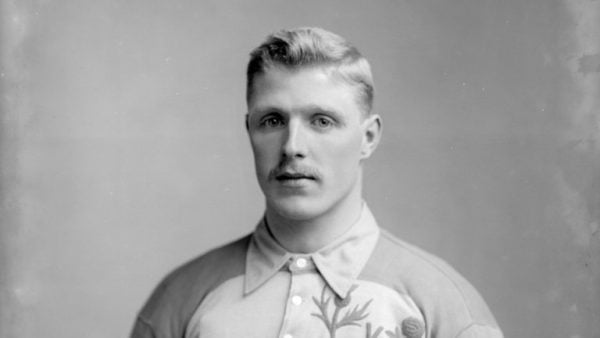
In the 70th minute, Sheffield’s Peter Boyle put through his own net, and then things got worse for the Yorkshire men. Just two minutes later, they conceded a penalty. Up stepped George Allen, who had already bagged Liverpool’s second goal that day. His spot-kick was parried and Scouser Jack Cox hit home the rebound. The game seemed over, but the Sheffield side, helped by some poor goalkeeping on the part of Harry Storer, had other ideas.
Fred Priest would score two goals in a minute to draw his side level with just five minutes to go. The Liverpool fans were furious with their keeper, and by all accounts, he received a torrid time from the travelling supporters. The Manchester Evening News felt their criticism was justified, claiming that he “gave a rather sorry exhibition at Burnden Park, and almost the entire blame of the failure on Thursday has been made his burden…There is no doubt he was seriously at fault in his guardianship of the goal and a great deal of the criticism he was subject to was not altogether too severe.”
What followed was a chaotic replay at Manchester Fallowfield, which was eventually abandoned due to a pitch invasion by the Sheffield supporters after Liverpool had gone a goal up. Alex Raisbeck, former club captain, tells the story:
“The next replay was a bit of a fiasco. It took place at Fallowfield, Manchester and after we scored a goal the crowd broke in. I need not add that it was not Liverpool’s supporters who were the sinners! Had this game gone on I do not hesitate to assert that we would have won easily.
“At half-time, Thickett and Morren of the United were both crippled and we had the elements in our favour. But by this time the crowd had again broken in and though we were anxious to have the game continued to the bitter end it was decided otherwise. And perhaps it was just as well, for the attitude of the spectators was, I must say, ominous. Well, then, this was our third game and the third time we had been robbed of the sweets of victory.”
Liverpool would lose the second replay by a single goal, at the Baseball Ground, thanks to an 85th minute winner. The game ended in acrimony, with three Liverpool players embroiled in a row with the referee who claimed he had been jostled by one of the Reds’ players.
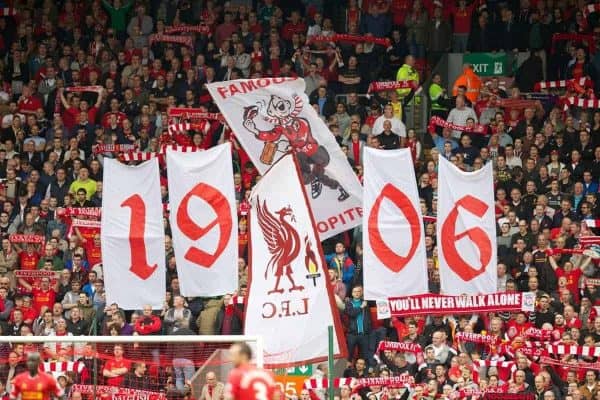
Liverpool were furious that they’d had a goal disallowed and felt Sheffield’s was offside. The resulting melee almost saw three Liverpool players suspended, which would have been a disaster as the Reds were also chasing the title that year. The incident is captured brilliantly by Arnie Baldursson, author of the Liverpool FC Encyclopedia. Here’s how Raisbeck describes the incident,
“I shall not detail the last game which we played with the United. Suffice to say that we were robbed of a sure goal, the ball being twice over the line in the course of a melee while one of the goals scored by United was easily yards offside. However, we had to abide by the referee’s decision, but we were not feeling very happy about the matter and this leads me to relate the circumstances which for the first and last time arraigned me before the football tribunal of England.
“The referee was somewhat severely jostled as he was leaving the field of play and turned to me, and thinking I was the Liverpool captain, demanded that I should give him the names of the players who had jostled him. This I could not do in any case, for I did not think any of our players had had anything to do with the demonstration against Mr Kingscott. So I informed him pretty sharply – for I was considerably nettled, that I was not the captain and I had no information to give him.
“For this, I was reported and duly made my appearance before the “Fathers”. To be sent “upstairs” is no desirable experience for a player who has his own reputation and the honour of his club at stake, and I am thankful to say that I was adjudged innocent. So, likewise, was Johnnie Walker. But Willie Goldie fared ill. And I have no hesitation in saying that he was as innocent as we ourselves were.”
Seven years later, in 1906, Liverpool would once again reach the semi-final of the FA Cup. This time they faced the old foe, Everton, at Villa Park. The Blues won the game 2-0 thanks to an own goal by Liverpool left-back, Billy Dunlop. There were over twenty minutes to go in the game, but Liverpool tried to strike back straight away. They launched an all-out attack with all ten outfield players in the Everton half, when the Blues hit them on the counter-attack. Within the space of a minute, Liverpool had conceded two goals and were out of the Cup. The men from Goodison would go on to lift the trophy that year, and you can just imagine what life was like for Liverpool supporters that summer.
Liverpool’s fortunes waxed and waned in the coming years, but they would eventually reach the final of the competition in 1914. Sadly they would taste defeat to Burnley, but the journey to Crystal Palace, where the Cup Final was played, was far from uneventful.
The Reds kicked off their adventure that year against Barnsley at Anfield, and were somewhat lucky to come away with a draw. The Reds, having gone a goal up in the first half, were run ragged in the second. Barnsley levelled in the 70th minute and hit the bar with virtually the last kick of the game. They would get another shot two weeks later at Oakwell and won the game 1-0 thanks to an 89th minute winner from Bill Lacey.
Liverpool then needed another replay to see off West Ham. After drawing the first game 1-1, they thrashed the Hammers at Anfield, 5-1. In what was described as a ‘slaughter,’ 40,000 watched Liverpool brush the Londoners aside with consummate ease. Then, a 2-1 victory over QPR at Anfield, in which the visitors missed a penalty, set up a semi-final clash with Aston Villa, at White Hart Lane.
The press had Liverpool as clear outsiders to reach the final. Villa were the form side and many felt they would stroll through the tie. This was something that clearly riled the Reds manager, Tom Watson. Before the game, he assembled his players in a hotel for lunch. As they finished, he rose to his feet to deliver one of the greatest battle cries the team had ever seen. Reds former goalkeeper, Ken Campbell recalled the events later in an article for the Weekly News in 1921.
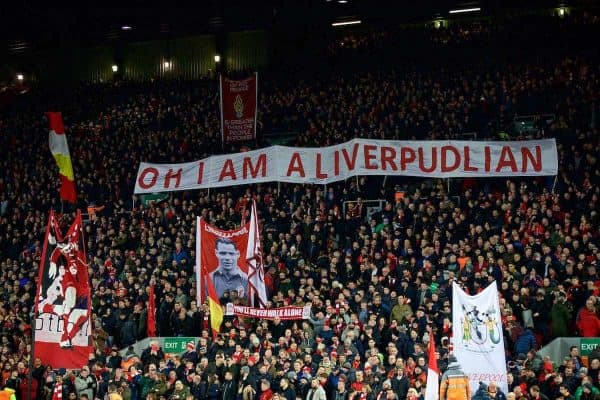
Watson had harsh words for the gentleman of Fleet Street and by all accounts had turned red in the face, such was his anger. As he finished his speech, he thumped the table, setting the dishes and crockery jumping all over the place, and declared:
“Never mind boys, I want you to turn out today and show them up. Show them there are more players than Aston Villa in the semi-final.”
The players were fired up and more determined than ever to reach the final. The speech may have given them the courage to weather an early storm in the first twenty minutes of the game, before going on to win the match 2-0. It was an incredible achievement to have reached their first FA Cup Final, just 12 years after the foundation of the club.
The mood in the City would have been incredible, as Cup fever took hold. The following is an extract from my book, Red Odyssey: Liverpool FC 1892-2017, which captures the magic of the Cup Final and the atmosphere in the City of Liverpool.
“The Liverpool Echo gives an insight into the cup fever gripping the ‘Anfielders’. Under the headline ‘A ROYAL DAY: MERRY SCENES AT THE STATION’ the paper reports that more than 20,000 Liverpudlians made the trip to Wembley by train and coach.
So large were the crowds that ‘one of the biggest trains on record’ was pressed into service, carrying 1200 fans. This may have been the first train ever referred to as a ‘football special.’
In addition, eighteen-and-a-half coaches transported ‘the population of a village from Liverpool to London in one swoop’. It seems those travelling by coach got the better deal, with the Echo stating that, on the train, passengers were ‘crammed like cigars in a box.’
Many had just finished night-shifts and, rather than go home to bed, they piled onto the train. Imagine the anticipation, the eager chatter and their hopes and dreams of silverware.
The local paper paints a glorious image of the journey. Drink it in:
“It was a train of streamers. Every carriage was a blaze of red and white ribbons and rosettes.
“Portraits of the Liverpool team were stuck on the windows and Echo badges bearing football battle cries were worn on nearly-every hat and buttonhole.”
https://www.youtube.com/watch?v=u8mWc3S66IU
Fans hung out of the window and serenaded the railway porters with the music of the day.
Inside the carriages, they mocked their opponents, with one of the earliest recorded Liverpool songs. It went like this:
“The Burnley men came like wolves on the fold
And their faces gleamed like the Klondyke gold
To the football field they all wended their way
To see their old foes at football to play
But nins and slack, when they got on the fluid
And saw their opponents, they knew they’s to yield
For they rushed them and pushed them until all were sore
And beat them all hollow, as they’d oft done before.”
Many of those travelling were factory workers and had fashioned tiny replicas of the cup out of metal, pinning them as badges to their coats. Their pockets bulged with sandwiches and others were carrying “a little extra,” according to observers.
It wasn’t an all-male excursion either, with reports of many “lady supporters of the club, who took a leading part in the display of enthusiasm.”
It was said that Burnley supporters outnumbered Liverpool’s, but they couldn’t match the red men and women for their spirit. These scenes may have occurred more than a century ago, but they are instantly recognisable to any Red travelling to cup finals today.
How heart-warming to know that, when we travel all over the world to follow our team, we are walking in the footsteps of such passionate people. Sadly though, on this occasion, Liverpool would return empty-handed and their loyal following would be bitterly disappointed.
Burnley scored a goal from a throw-in and, to rub salt in wounds, it was an ex-Everton player, Bertie Freeman, who scored it with his head. Reds would have to wait more than half a century to see their team win the cup, tasting more pain along the way.
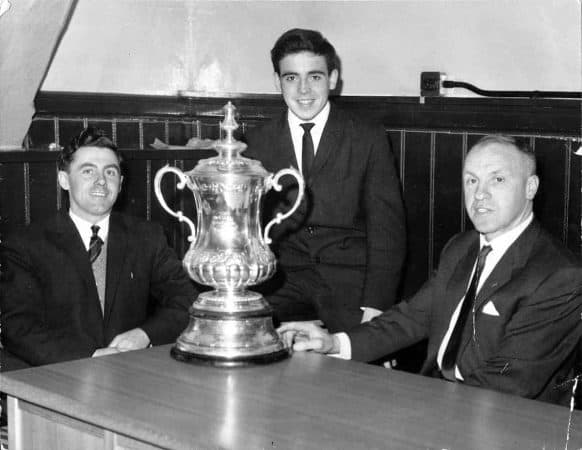
Many of those merry men and women, at Lime Street on April 25, 1914, won’t have lived to see Shankly’s boys eventually win the FA Cup, but today’s Kopites stand proudly on their shoulders.
Thanks to their legacy, we are still recognised as some of the most passionate supporters in the game. So, next time you step onto a coach, train or plane, remember you are following in the footsteps of these great fans.”
Just four months later, the outbreak of war in Europe would see the league and the cup suspended, and many Liverpool players would be enlisted. The Reds would wait until 1950 before reaching their next final, losing that one to Arsenal. Their long and painful wait for the trophy would eventually end in 1965, when Shankly’s Reds brought the cup home to Liverpool to scenes of wild celebration. They have now won it seven times in their history.
The FA Cup may have been devalued in recent years, but to the team and their supporters that reach the final in May, it will feel like one of the greatest trophies in the history of the sport. Not because of the money on offer, but because of the stories, the experiences of the supporters and the glory of their heroes lifting that shiny piece of silverware. That is as true today as it was during Liverpool’s earliest adventures in the FA Cup.
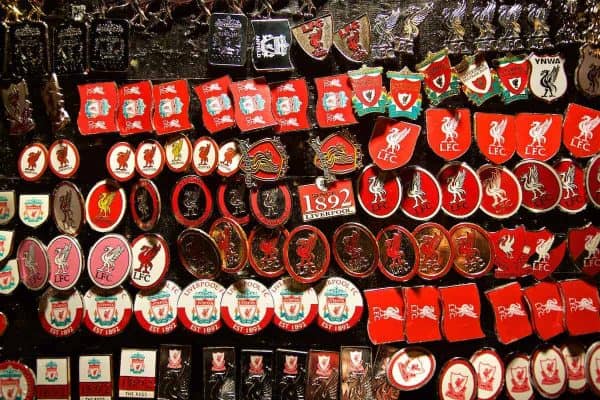

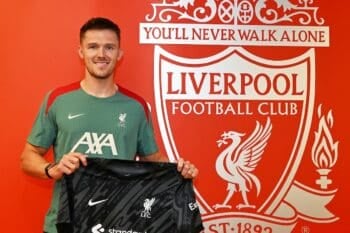
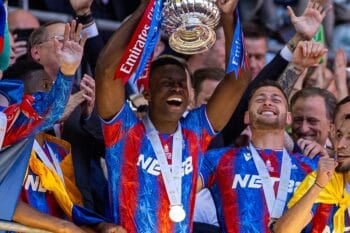
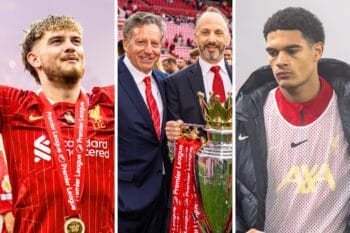
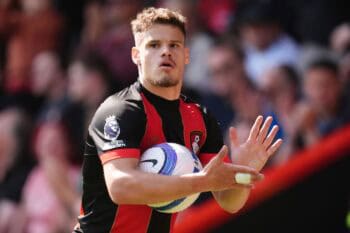
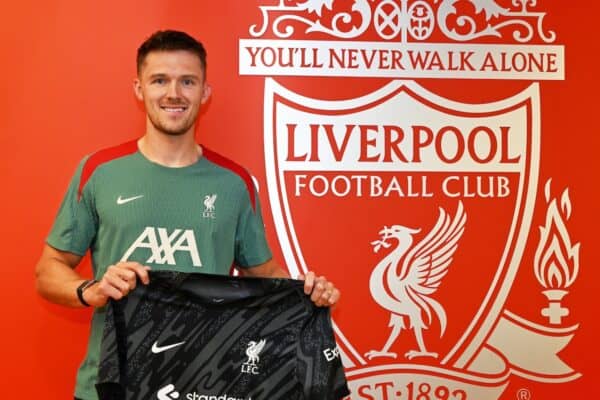
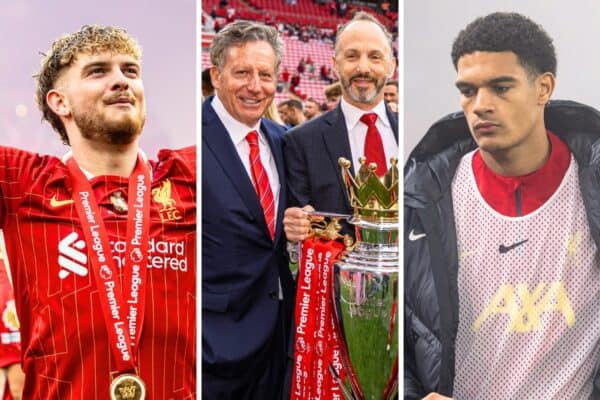
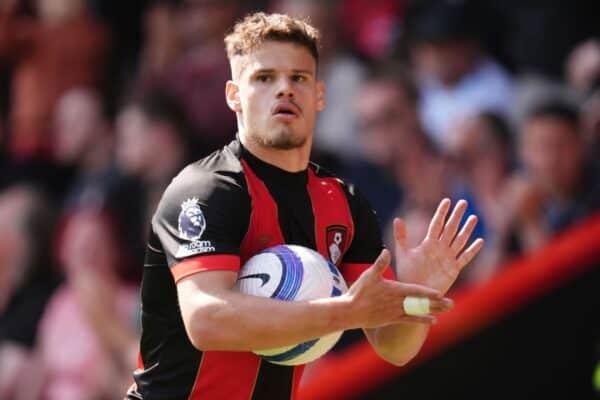
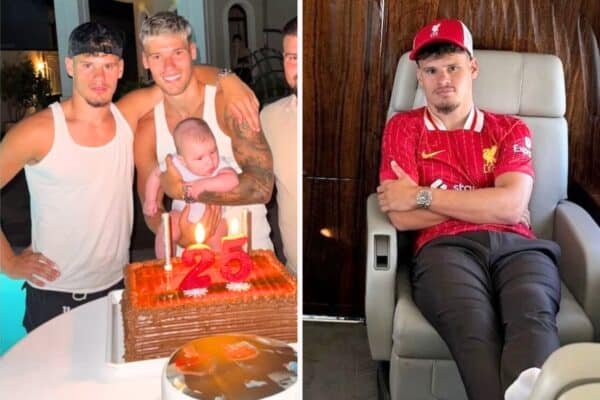
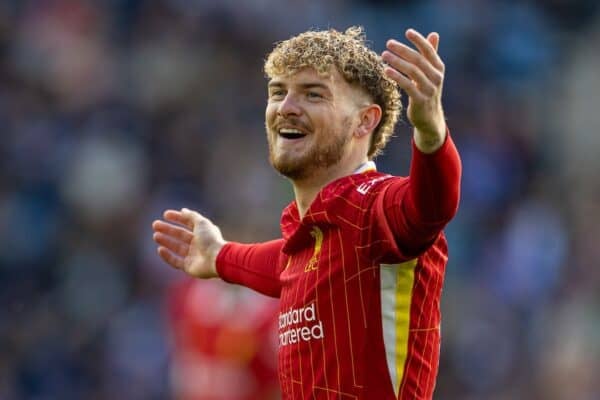

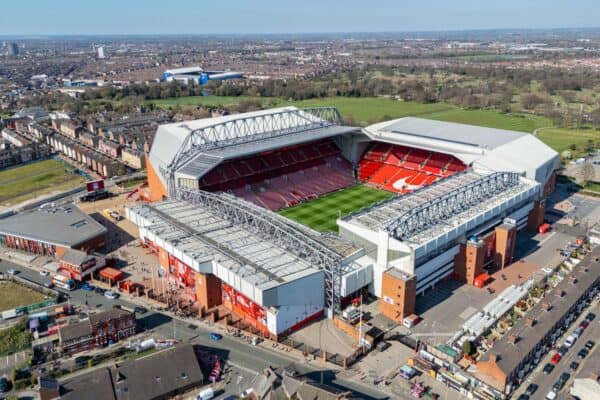
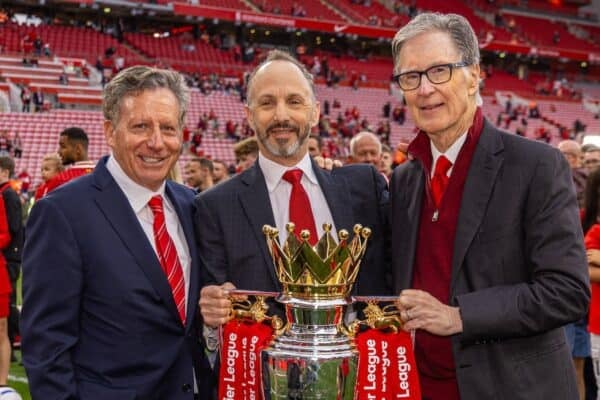
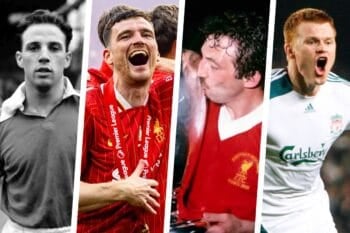
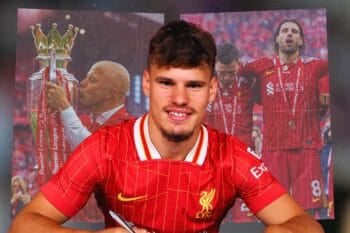

Fan Comments